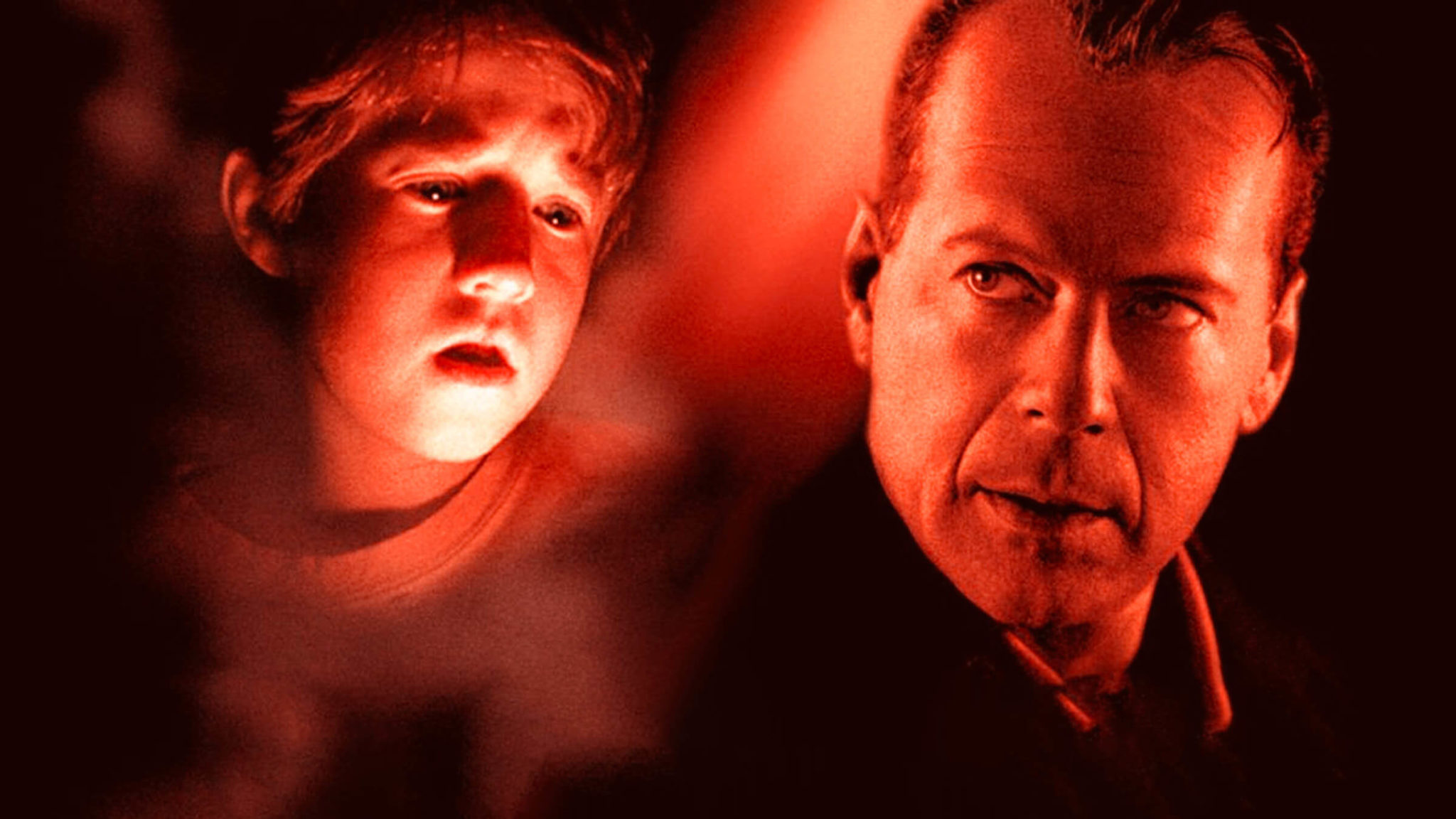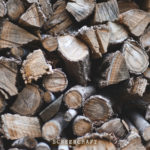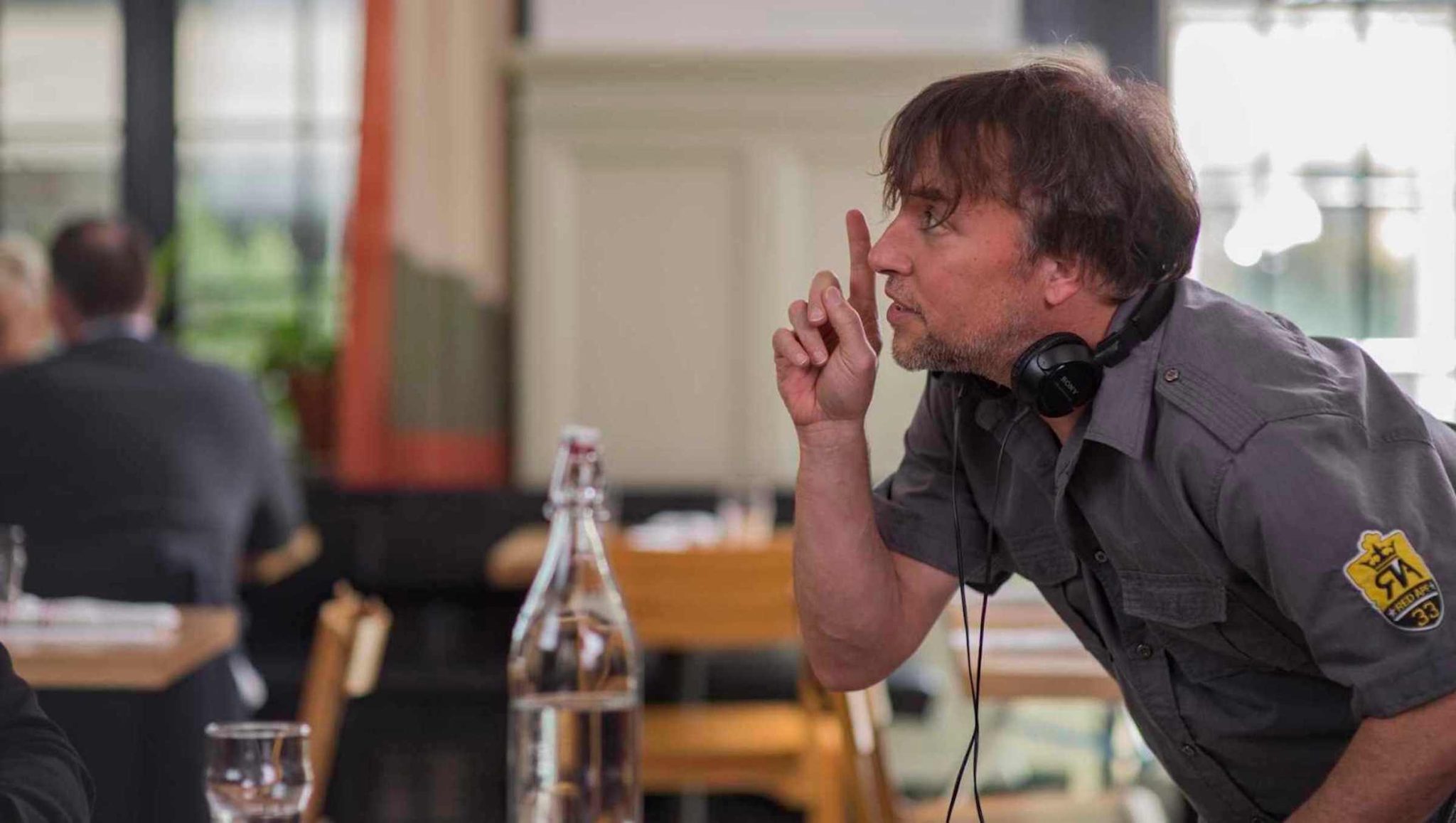The 5 Differences Between Traditional and Archetypal Storytelling that Screenwriters Need to Know

If it’s not confusing enough as an emerging screenwriter to wrap your head around the basics of traditional storytelling, now, enter the buzzword of “archetypal” storytelling, and you can feel lost.
What’s the big deal about “archetypal” techniques? They work like power tools to overlay depth and emotional resonance for your characters and plots. They help you reveal the “inside story” of your script.
What you need to know is that traditional and archetypal approaches serve you as a writer in different ways at distinct times of your writing process.
1. When to Use Traditional vs. Archetypal Approaches.
Traditional storytelling approaches help you lay down the basics of your script in a primary process. This is structural. Think of traditional storytelling techniques as script grammar 101. This approach develops the blueprint of your story. Use this for your proposal, treatment, plot summary and rough first draft.
Archetypal storytelling approaches help you to deepen the structural elements of traditional storytelling. Think of archetypal techniques as a development tool. Apply archetypal storytelling approaches after you’ve got the basics of your narrative down. Archetypal strategies develop the detail and illuminate the web like pattern of connections between your structural elements. As you articulate these patterns, the depth of the meaning of story becomes visible to you. Then, you can bring these deep understandings into your re-write by adding the texture, detail, and richness of this development work onto the page. It functions as an unseen scaffolding in your development work.
2. The Difference Between Traditional vs. Archetypal Structure.
Traditional storytelling deploys a three-act structure:
- Classic three-act structure, (Aristotle, Syd Field, Robert Mckee, Blake Snyder, dramaturgy, the theatrical tradition).
Archetypal storytelling deploys an initiatory structure:
- Typically, Christopher Vogler’s model of the Hero’s Journey, derived from Joseph Campbell’s model applied to script structure. Includes the plot model + theories of Carl Jung, Depth and Archetypal Psychology. Leans on the traditions of myth, fairy tales, and classic literature as analogies.
Learn the best way to structure your screenplay with this free guide.
3. The Difference Between the Focuses of Traditional vs. Archetypal Approaches.
Traditional storytelling is character and plot centered.
Archetypal storytelling focuses on questions of world, theme, motif, image, and symbol.
4. What Traditional Frames do vs. Archetypal Frames.
Traditional storytelling puts a frame around your writing that’s functional. Each act serves a purpose.
- Beginning: Act I - What it does: Establishes the world, sets up the character, conflict, problem and question of your story. It gets you into the story through Plot point #1.
- Middle: Act II - What it does: Develops and explores the conflict and question, via the character’s journey. It lands in a climax, where the question is answered in Plot point #2. When the conflict is resolved you exit Act II.
- End: Act III - What it does: It resolves the story and tells you what the whole journey means. The effect of the journey on your character and world.
Archetypal storytelling allows you to develop narrative elements of your story that are symbolic vs. structural. In this model, you ask about the symbolic function of each act, reimagining your protagonist’s dramatic arc in terms of a hero’s journey.
- Beginning: Act I = Reimagines your dramatic Act I in terms of the lens of departure and separation.
- Establishes an ordinary World, a call to adventure, refusal of the call, meeting with the Mentor. Plot point # 1 is re-imagined as a crossing of the first threshold into the magical middle of your story.
- Middle: Act II = Reimagines Act II in terms of a Descent and Initiation, and Penetration into a magical world or secret knowledge.
- Develops Tests, Allies, Enemies. Approach to the Inmost Cave and Ordeal are the Climax, where your hero exits the magical world in plot point #2.
- End: Act III = Reimagines Act III in terms of a Return from the magical world.
- Includes the Road back, the motif of a resurrection of the initial problems of the world at the beginning of the story, by way of a return with an elixir or solution to the world’s/character’s initial conflict.
5. Questions Asked & Answered by Traditional vs. Archetypal Storytelling.
Traditional storytelling asks and answers:
- Character
- Conflict
- Conclusion
- Plot + transitions through three act structure
Archetypal storytelling asks and answers:
- World
- Symbolic function of character
- Elaborates on Images and their function
- Names the key Symbols of your story
- Articulates the Themes/Motifs and connects them to images and symbols
The key to learning about the differences between traditional vs. archetypal approaches is that you need to learn to speak traditional dramatic structure before the application of archetypal techniques can take your screenwriting to the next level.
Remember, archetypal techniques are a set of tools you overlay as you develop your narrative to achieve depth of character and symbolic richness. They help you as a writer to illuminate the grave and constant patterns in your story. The best scripts combine both traditional and archetypal approaches to craft stories that speak through the detailed specificity of your script about what is universally true in human experience.
 Neora Myrow, Ph.D. is a story doctor, communication strategist, and teacher. Her academic specialty is narrative theory + psychology. Neora’s magical power, from over two decades in narrative research and story practice, is an ability to help folks develop and tell their stories across genres from screenplays to business story. When she’s not on story solves for Storywell Creative, Neora’s narrative design house, she teaches Resonate for Duarte, Inc. and writing process for an arts college in Los Angeles.
Neora Myrow, Ph.D. is a story doctor, communication strategist, and teacher. Her academic specialty is narrative theory + psychology. Neora’s magical power, from over two decades in narrative research and story practice, is an ability to help folks develop and tell their stories across genres from screenplays to business story. When she’s not on story solves for Storywell Creative, Neora’s narrative design house, she teaches Resonate for Duarte, Inc. and writing process for an arts college in Los Angeles.
For all the latest ScreenCraft news and updates, follow us on Twitter, Facebook, and Instagram.
Get Our Screenwriting Newsletter!
Get weekly writing inspiration delivered to your inbox - including industry news, popular articles, and more!



























